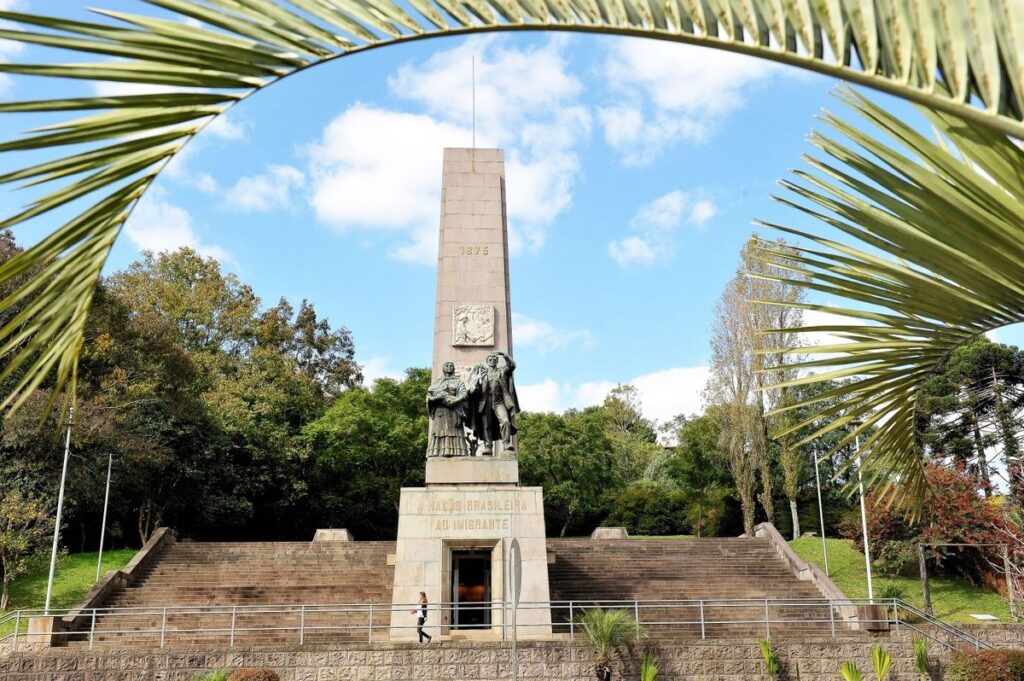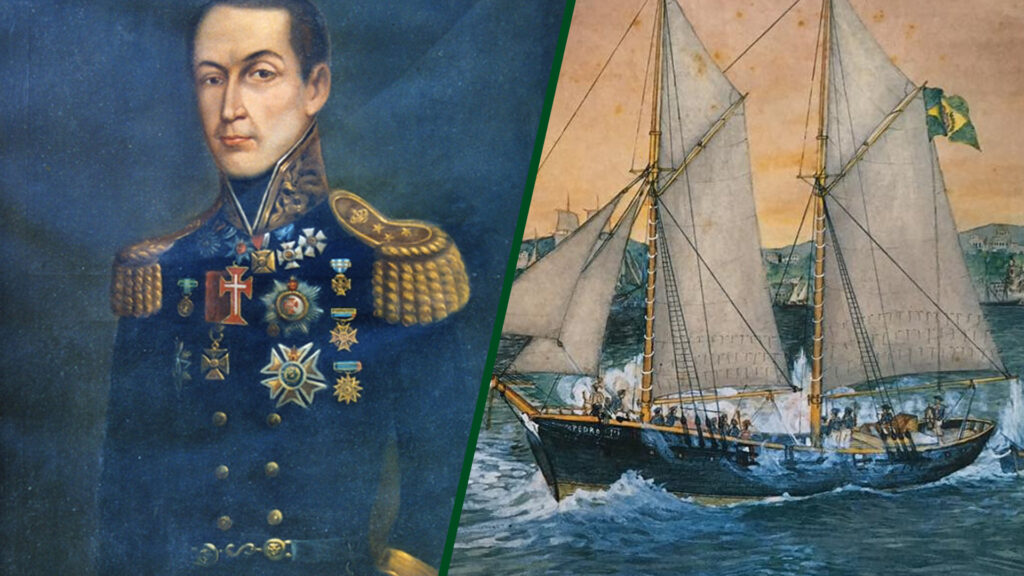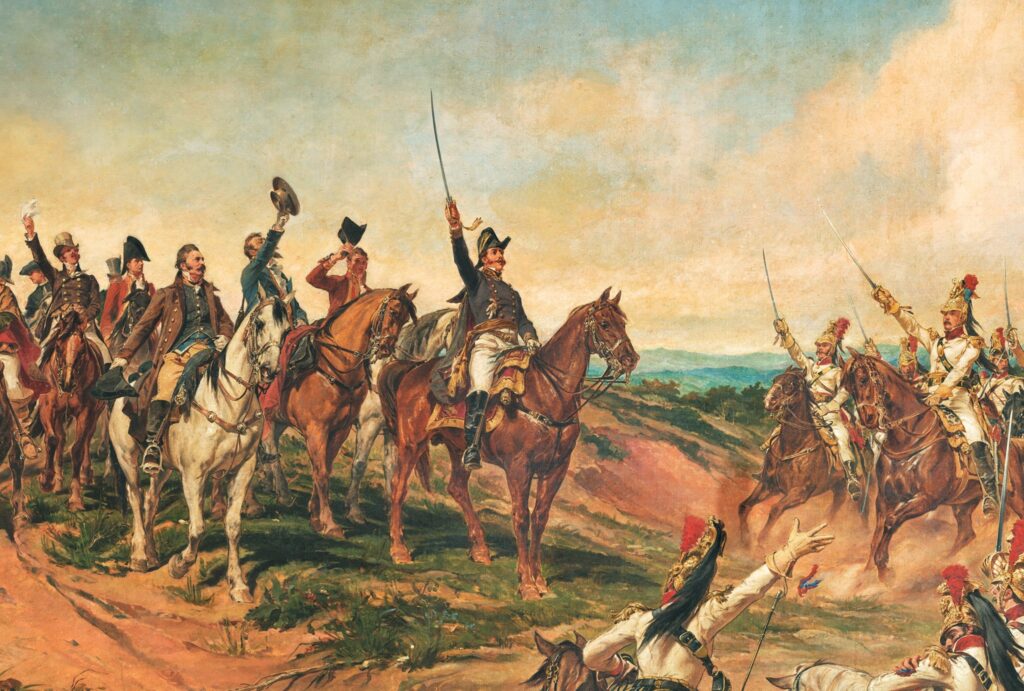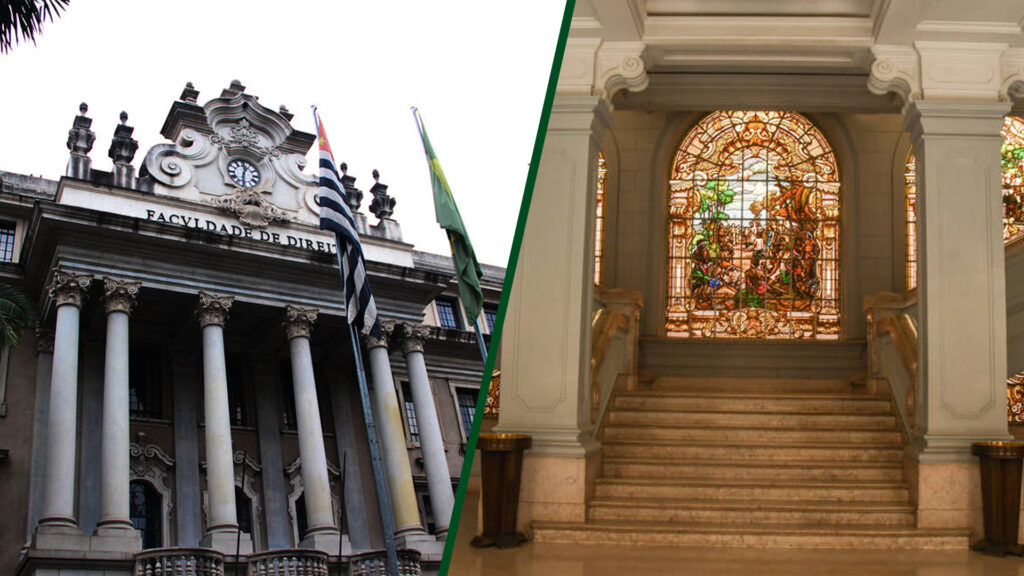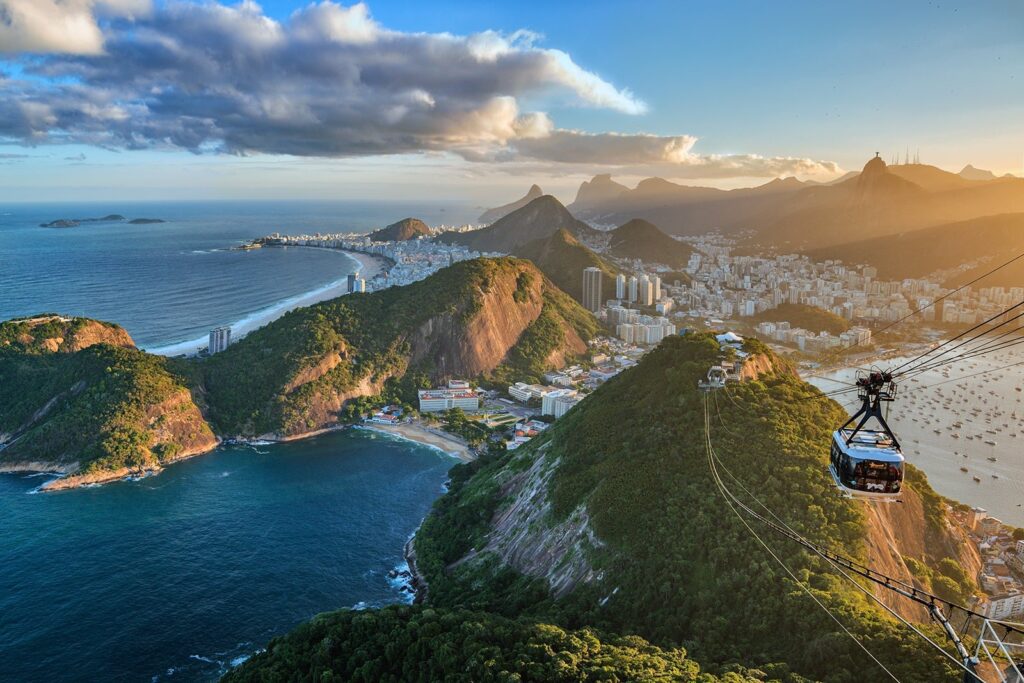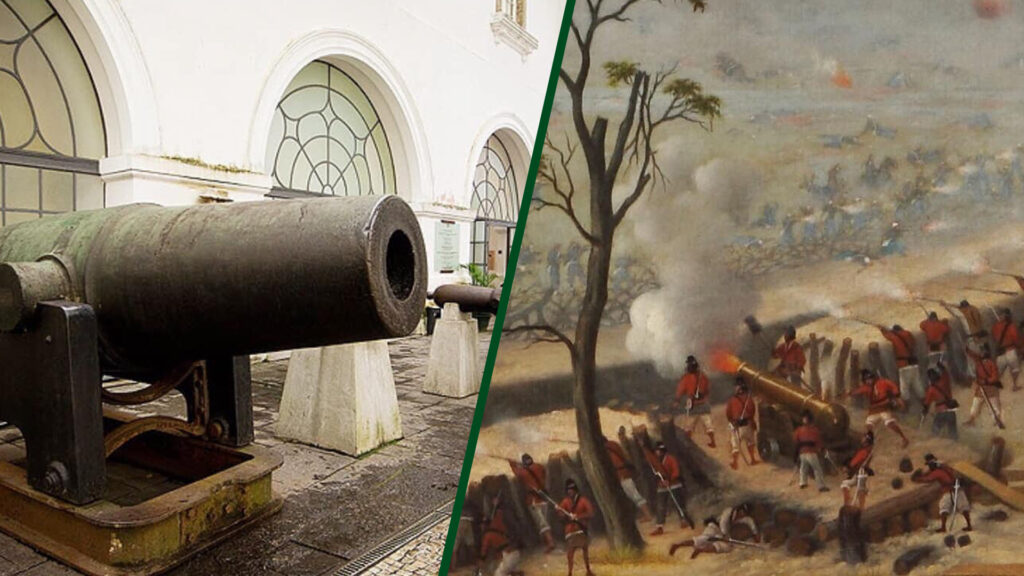
The main accents of Brazil
Brazil is a diverse country, not only in terms of geography and culture but also in its language. Brazilians have a wide variety of regional accents, which are shaped by different influences, such as cultural heritage, geography, and the history of each region. This linguistic diversity is a prominent feature

